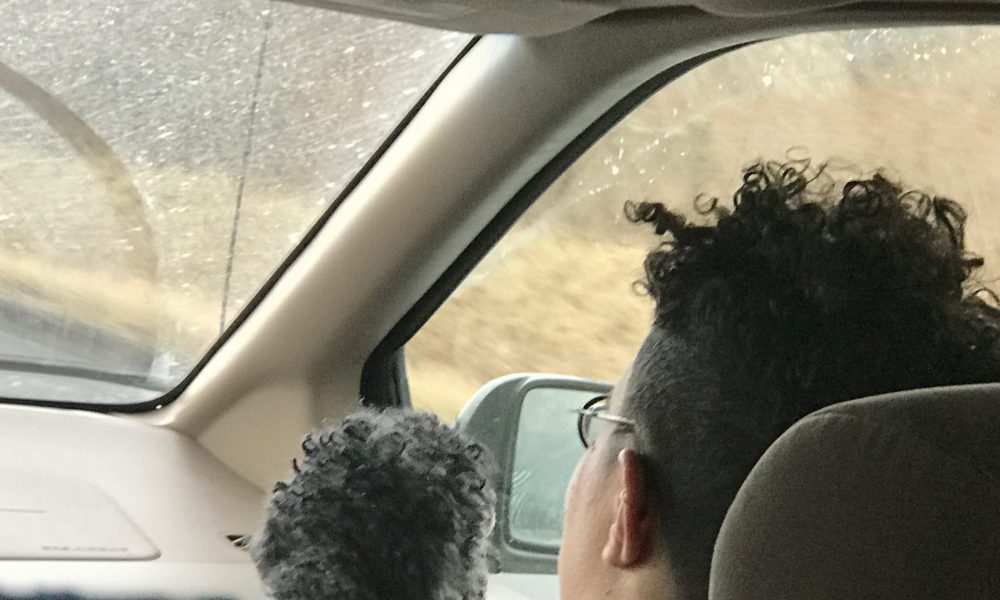

Today we’d like to introduce you to Danielle Abrams.
Every artist has a unique story. Can you briefly walk us through yours?
Well, being born to a mixed-race couple in 1968 in a town called Flushing is pretty unique. I lived across the street from a zipper factory and a polluted creek, down the road from an amusement park that was submerged in high weeds, and less than a mile from the monumental ruins of the 1964 World’s Fair. I could see Shea Stadium’s lights when the Mets were playing, and on the weekend, my father would take me to visit long dirt roads lined with junkyards and “chop shops.” Flushing was “industrial-rural.” The smell of Sulphur from the creek, the glint of skeletons from old cars, and the ever-present roar of airplanes flying in and out of LaGuardia Airport influenced my philosophy of beauty. It is 50 years after coming of age in this wasteland, and I have not yet lost my taste for city lots of epic detritus and the rusting emblems of American hope and valor. My gaze is always directed up to find something that was once as arresting as a 12-story pile of crushed vehicles or a decorative cement arcade that crowned a crumbling brick building. I like the elusive traces of the past and I like the immediacy of palpable decay. Today my projects go back and forth between the memory of those industrial kingdoms and the banality and ache of the present. My performances site cities during and after the post-Civil Rights Era: outer-borough New York; an abandoned public pool in Brooklyn; Detroit in the wake of the 1967 Rebellion; and most recently, an abandoned African-American segregated beach in New Orleans that lays buried beneath a forest. Shining a flashlight on the bias and hypocrisy of mid-century America is crucial to building an equation that clarifies today’s crisis of ethics and social justice. Those who wish to recreate America’s past have not reaped the benefits, pleasures and challenges of living and learning in intersectional communities, collaborating globally, and committing to creative and collective approaches to solving our most urgent problems.
Please tell us about your art.
My performances examine the sociopolitical mechanisms that have fostered and sustain racial segregation and injustice. My lived experiences as a mixed race African-American and Jewish lesbian that is shuttled back and forth from the white world motivates my research and produces performances that reflect my distinct perspective.
In my performances, I embody a menagerie of personifications that stage humorous encounters while reimagining the cultural narratives of art history, civil rights, and popular culture. I have investigated the quandary of identity in the United States through my embodiment of four figures – my New York Jewish grandmother, my African-American grandmother from the South, a butch dyke purveyor of a meal plan service, and a version of myself at 16 when I identified as Greek. I have also performed as a comedian modeled after a self-deprecating and offensive male archetype found on the stages of mid-century resorts in the Catskills, NY (a.k.a. The Borscht Belt).
I have also made performances about the history and effects of Northern and Southern segregation in 2015, a “Hung Out to Dry,” was performed by my SMFA students at the Institute of Contemporary Art, Boston. The play focused on Alma Stone Williams, the first African-American student to attend Black Mountain College. Williams arrived at the North Carolina school in 1944 by way of the “colored” train car from her hometown in Georgia. Adjacent to the scenes that characterized Black Mountain College’s attempts at integration were reenactments of South Boston High School during “busing,” a hasty and disastrous attempt to desegregate the Boston public schools in 1974. With my own students performing as students from Black Mountain College and South Boston High School, the audience was presented with a comparative method of evaluating the progress of race relations in educational settings over the past 60 years.
Most recently, my performance “Shades of Gras,” amends the myth of the “tragic mulatto.” I perform as a New Orleans tourist that is learning to navigate light-skinned biracial identity from Creole culture, LYFT drivers and by recalling the character Pinky, the “white passing” character from Elia Kazan’s 1949 film. In my performance, New Orleans inspires my personal concoction of folklore that consists of taking a ride on a 300-year-old- Mardi Gras float up to the “Quadroon Ballroom” in the French Quarter. There, a contract is signed to officiate me and Brad Pitt’s plaçage relationship. As my common-law spouse, he has agreed to house me in one of his Lower 9th Ward sustainable homes — a structure that is guaranteed to last forever…
My hope is that audiences will walk away from my performances with a deeper awareness of the way white supremacy is manifest in American society. When I perform, I mimic and embody the people I’ve watched. laughed at, learned from, and mourn the loss of: my Jewish mother, my African-American father, my grandparents that taught ballroom dance in the Catskills, my aunt that stepped in as my black matriarch, biracial cousins, heavy teenage friends that listened smoked Marlboro and listened to Judas Priest, teenage friends that smoked Newport’s and skate backwards to “Heartbeat,” art stars, academics, and the African-Americans and Creoles from New Orleans. There is lots of room for audiences to identify with range of characters I perform. An audience’s solidarity with my characters deepens a heartfelt awareness of intersectionality and commitment to social justice,
We often hear from artists that being an artist can be lonely. Any advice for those looking to connect with other artists?
My circle of colleagues provide invaluable support to my work. There is definitely time that I need to work without input, usually during the research phase of a project. However, I invite feedback from colleagues as soon as my work is about to reach an audience, whether I am applying for a grant, preparing a lecture, meeting a curator for a discussion, and especially, when I am doing performance rehearsals. I have a team of many assistants, but my core support system for many years has included Ryn Hodes, scholar and writer; MaryEllen Strom, artist; Jeannie Simms, artist.
I am also never lonely when I am teaching emerging performers. Teaching naturally enables a setting to share everything I’ve learned about performance, but my students never fail to pose questions and expose new forms and ideas that inspire and challenge my work. Teaching is as much a generative practice as developing a performance. Every day, I am exposed to fresh approaches to the process and understanding of live work. Although my students and I work hard in the studio, there is also lots of time for laughter, play, adventure and authenticity. This beats the loneliness.
How or where can people see your work? How can people support your work?
I perform at museums, performance spaces and galleries. I also experiment with new monologues and scripts at open mics. My most recent performance in Boston was at the St. Botolph Club, where I was presented with the 2018 Distinguished Artist Award.
I was also a feature performer in New Orleans as part of a weekly open mic called “Word Connections” at the Three Palms Bar and Grill! I am currently a Visiting Scholar in Residence at the Midlo Center of New Orleans Studies at the University of New Orleans. I am interviewing New Orleans’ African-American senior citizens who spent time at the once segregated Lincoln Beach in New Orleans East. I am building an archive of their memories and experiences and I will be performing a work that is generated through this process in the summer of 2019. Please visit my website for upcoming exhibitions and performance events. www.danielleabrams.com
Contact Info:
- Address: School of the Museum of Fine Arts at Tufts University 230 Fenway
Boston, MA 02115 - Website: www.danielleabrams.com
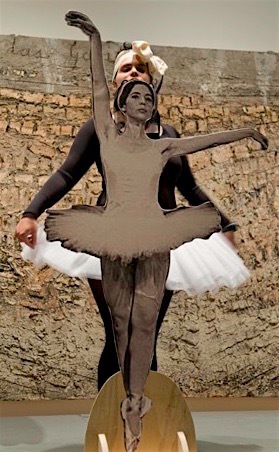
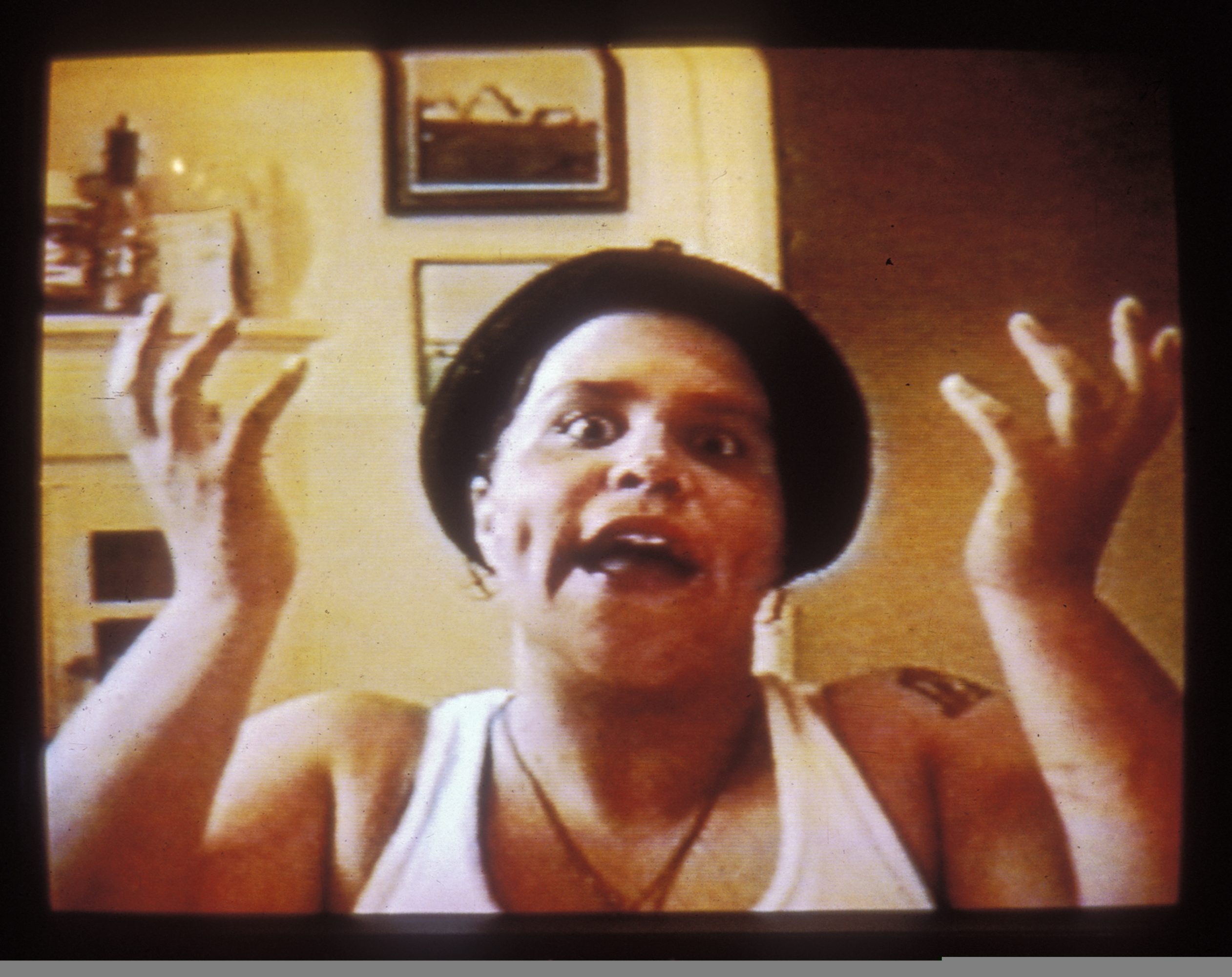
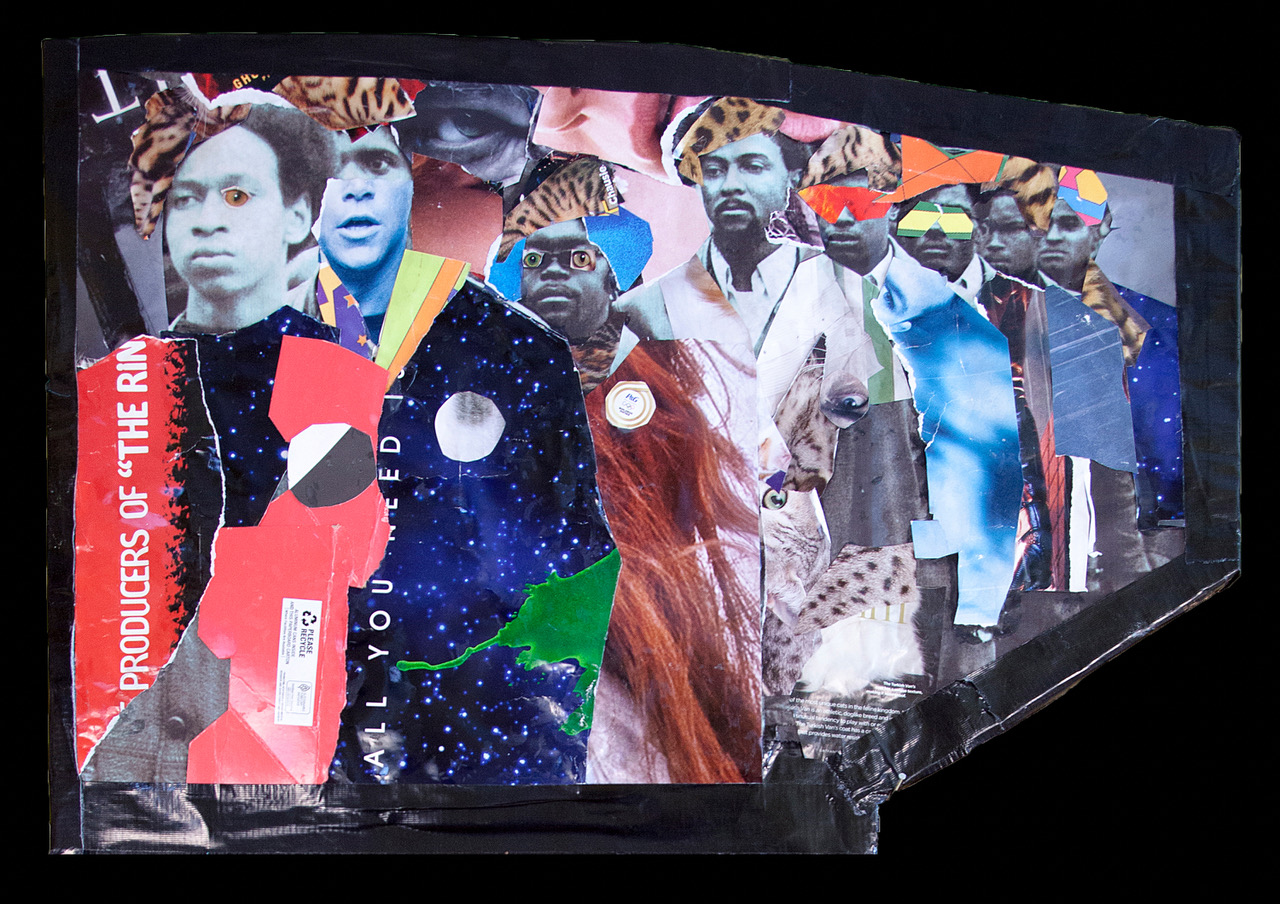

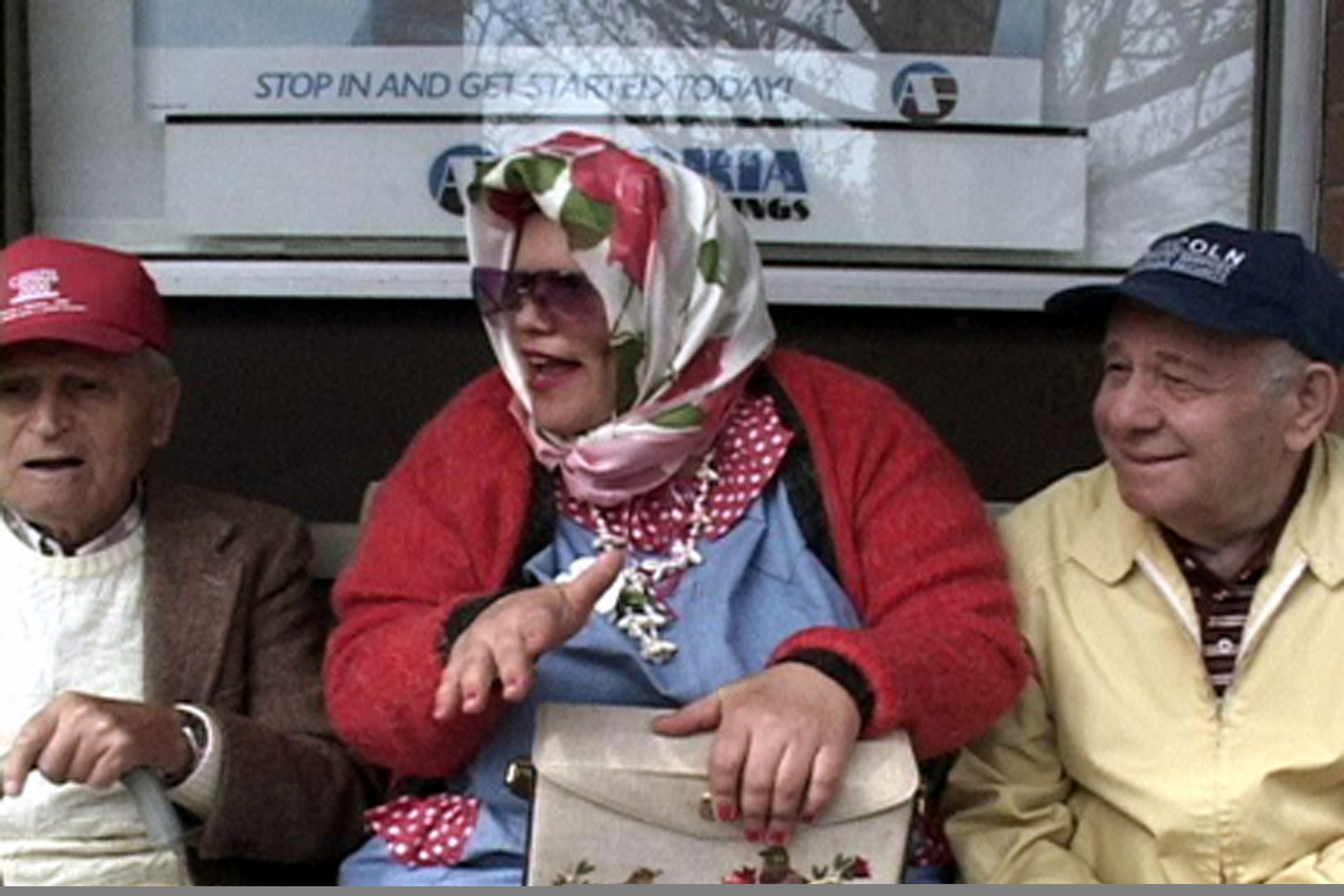
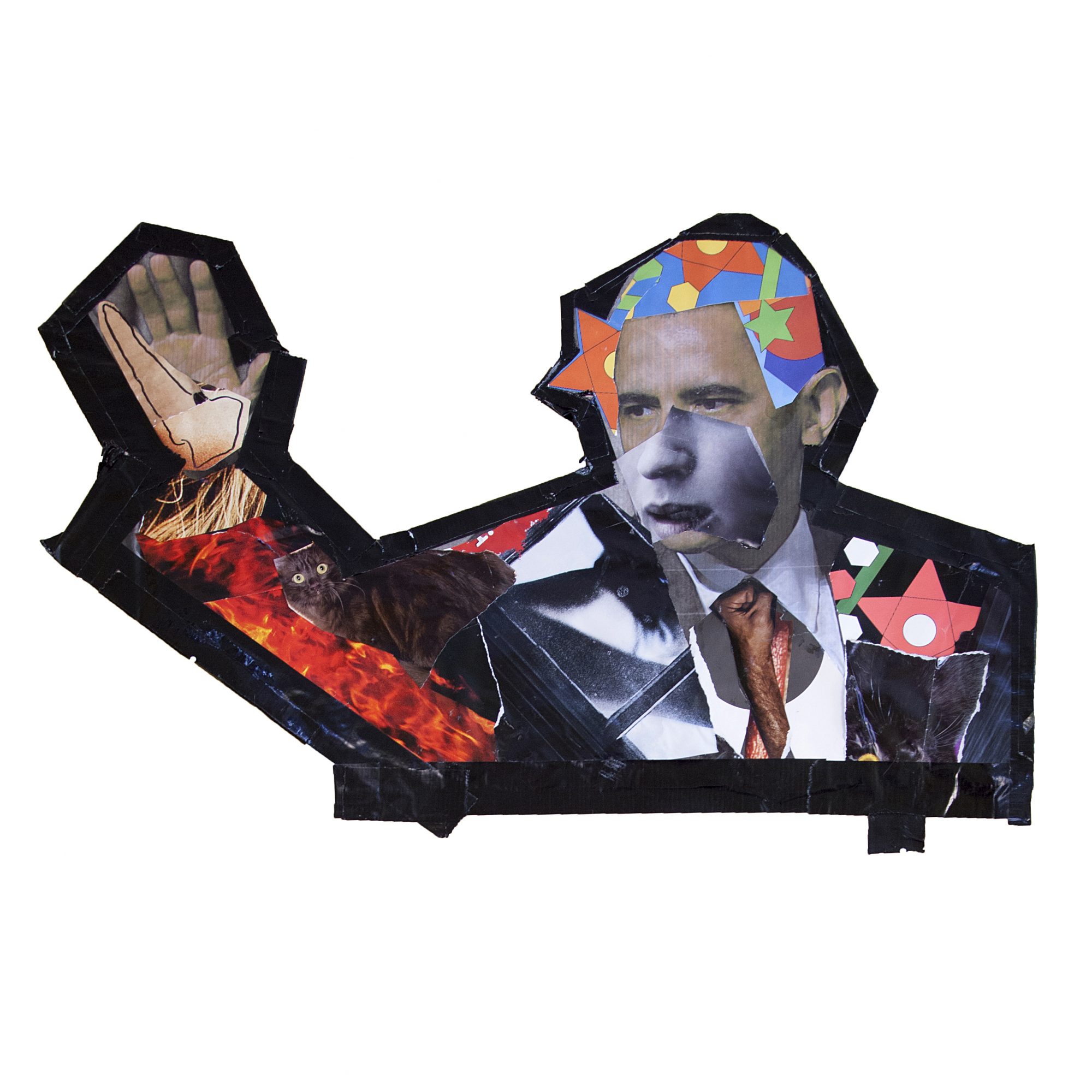
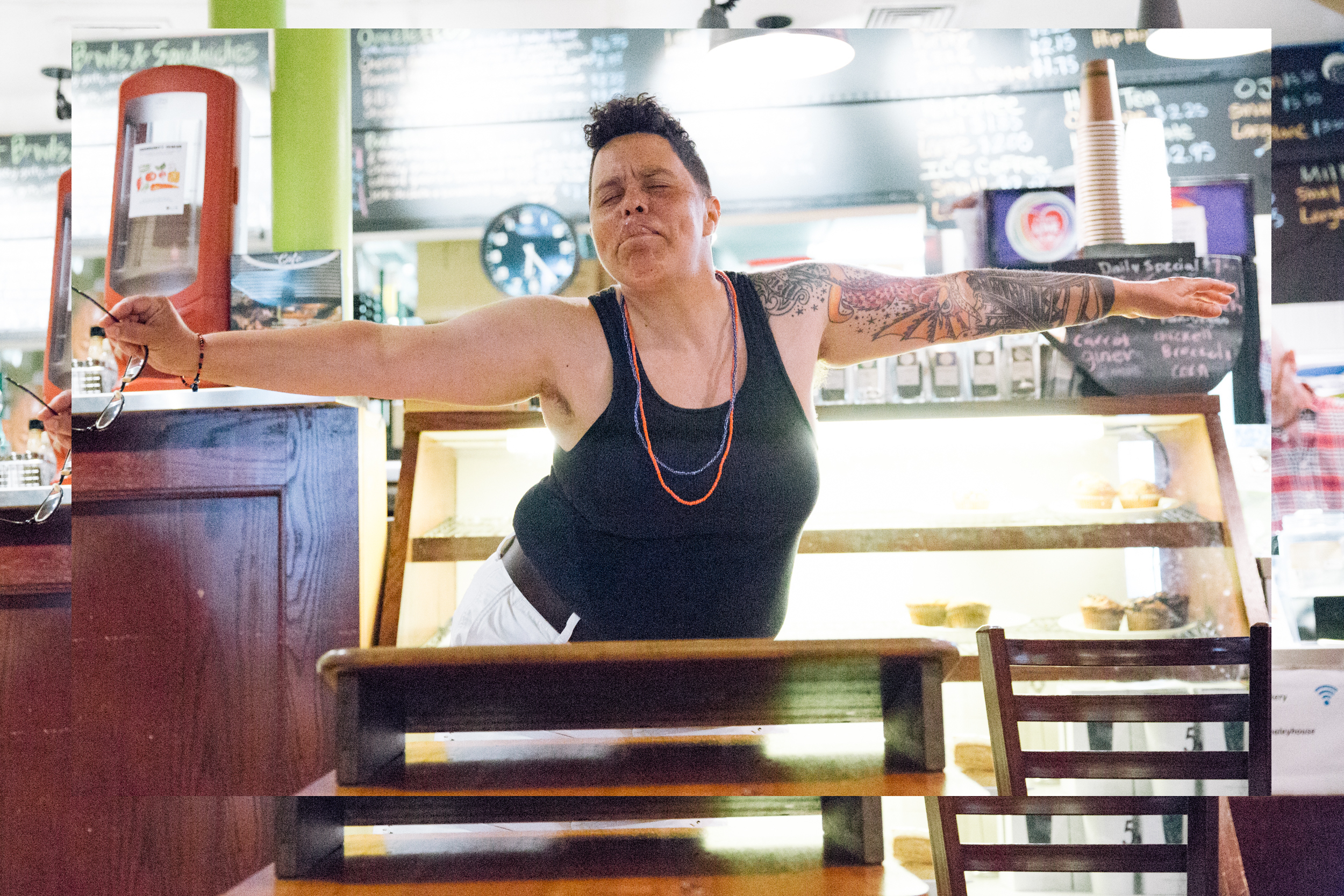
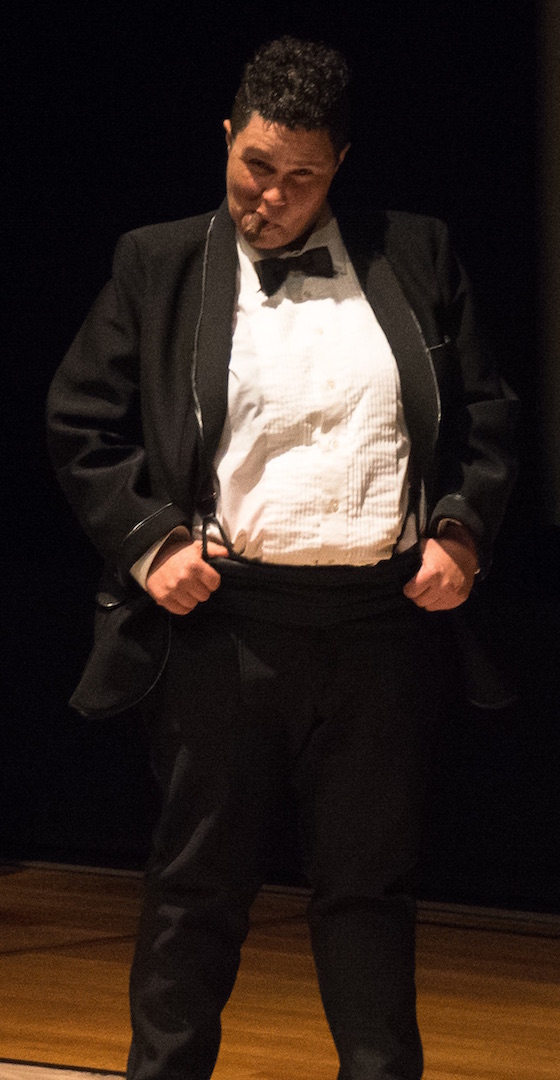
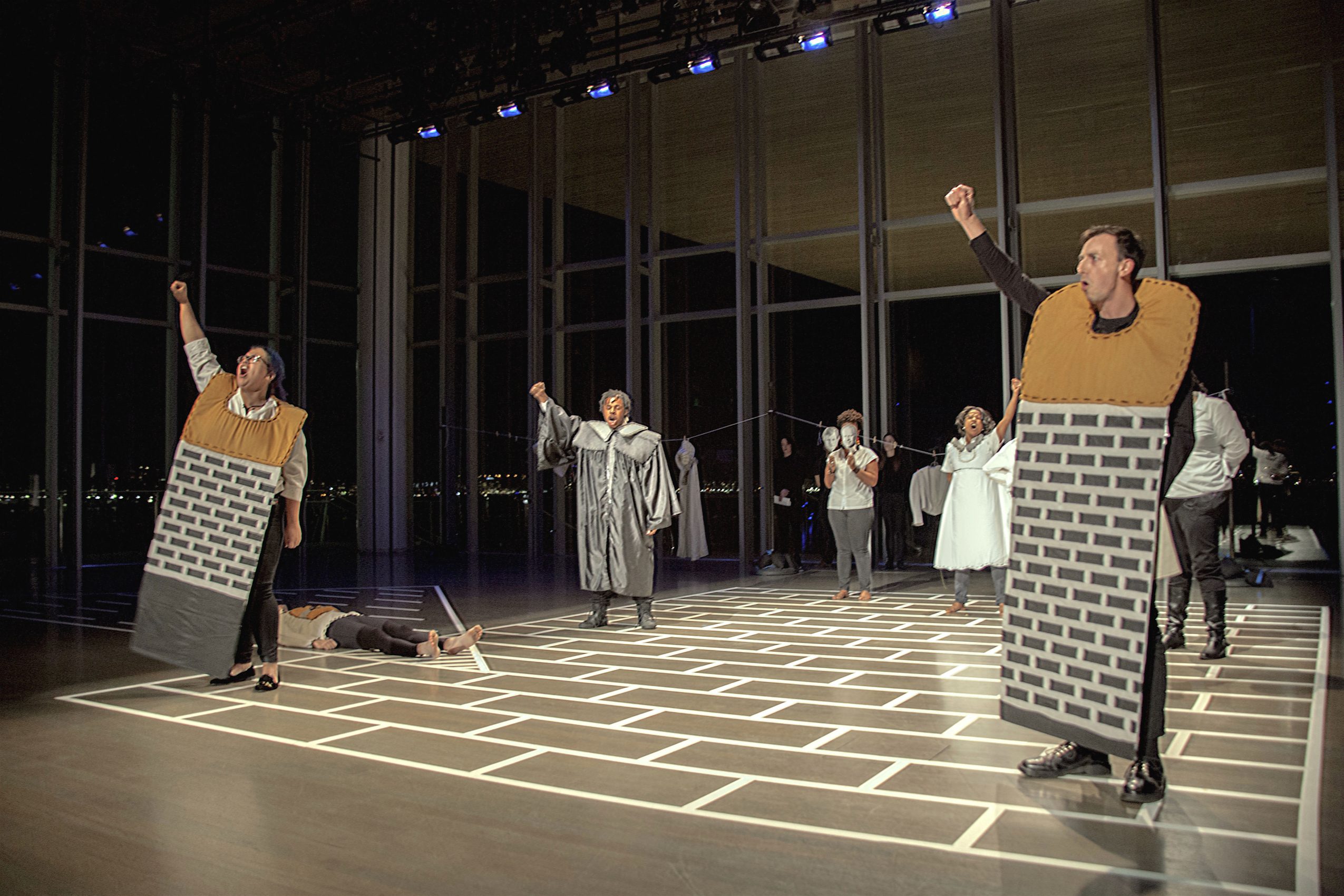
Getting in touch: BostonVoyager is built on recommendations from the community; it’s how we uncover hidden gems, so if you know someone who deserves recognition please let us know here.


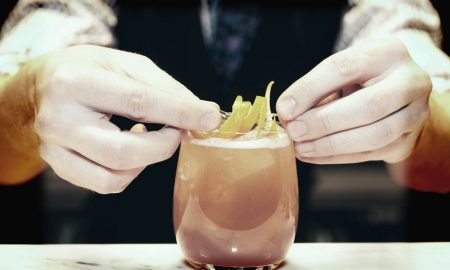










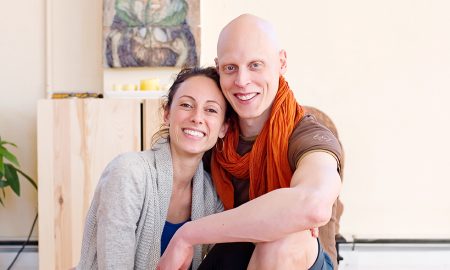

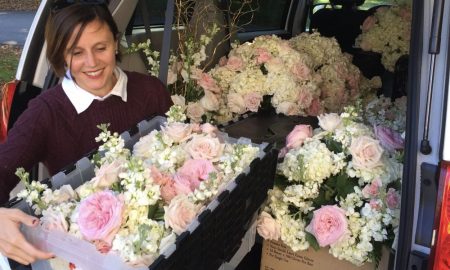
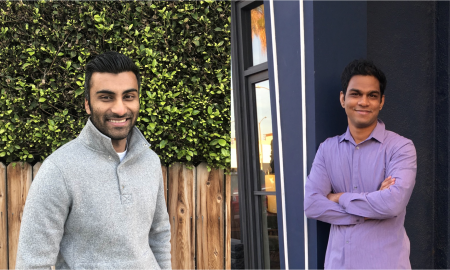
Marlene
September 16, 2018 at 12:39 am
Love your work; love you to pieces